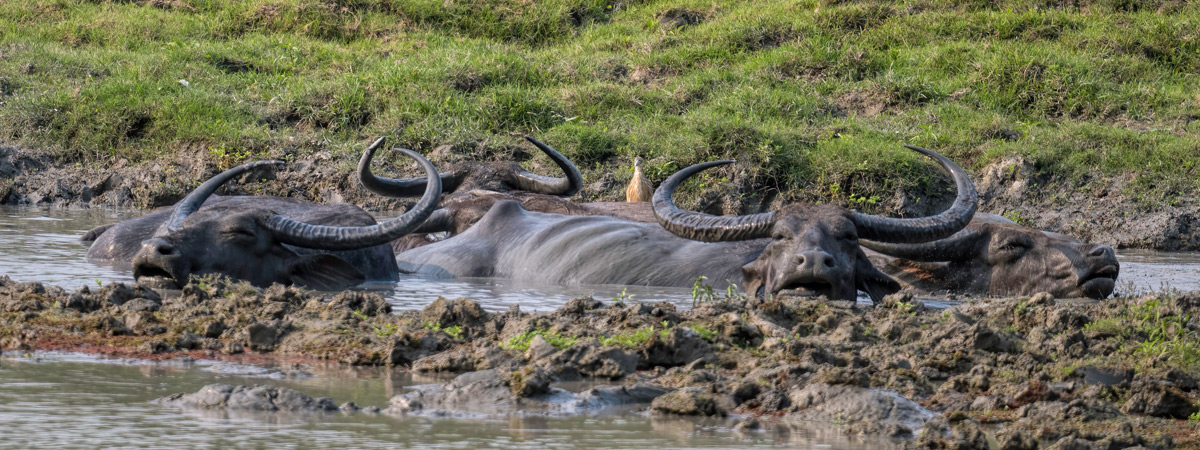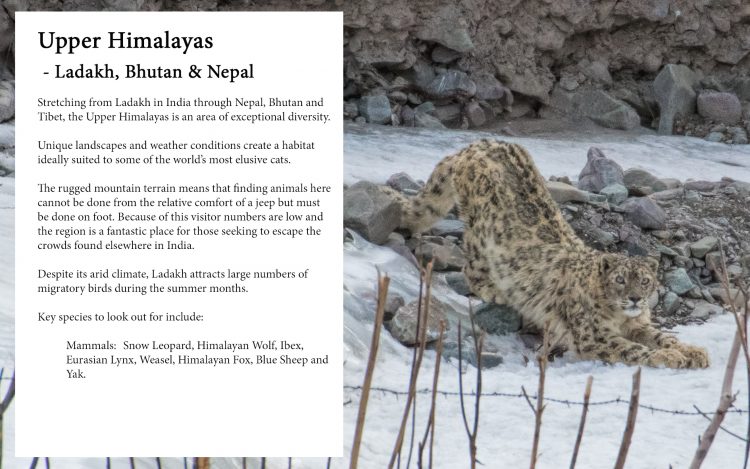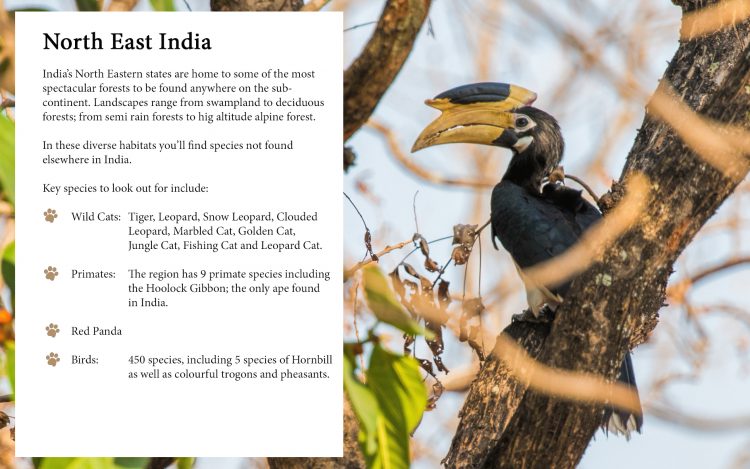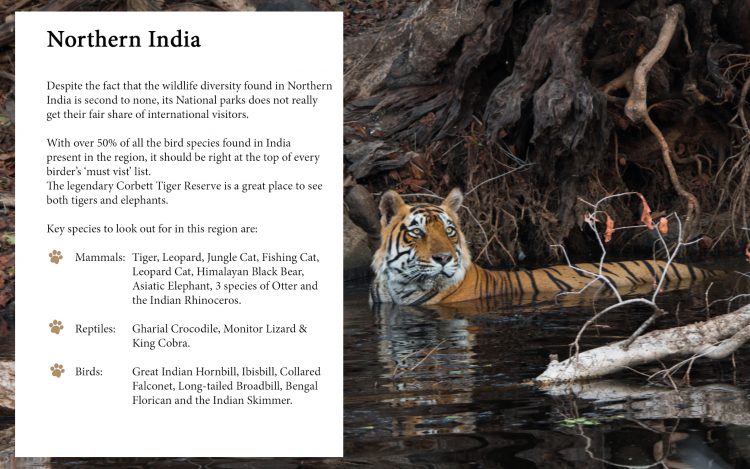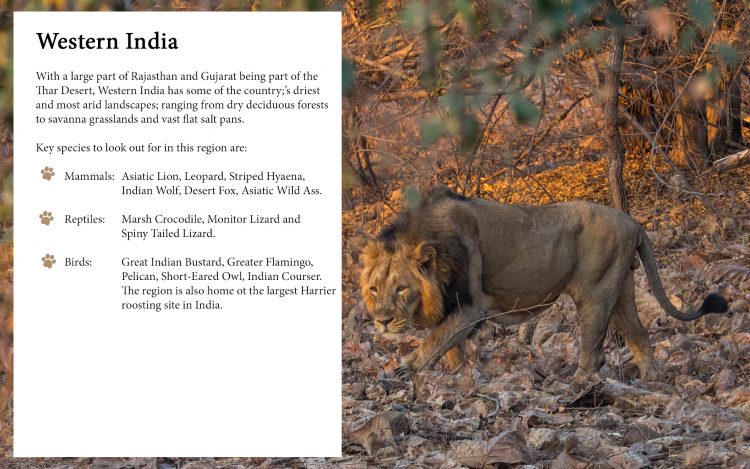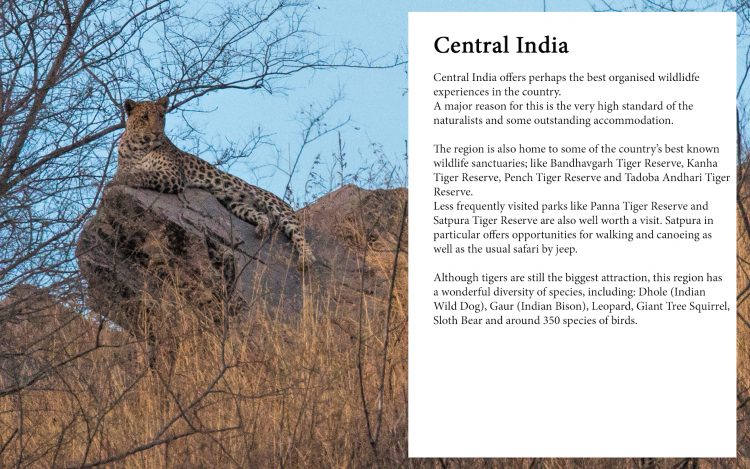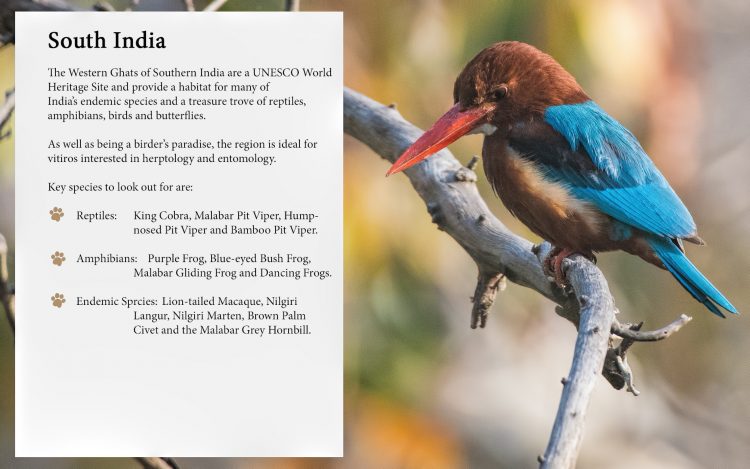Why India?
From the steaming jungles of the south to the snow capped peaks of the Himalayas; the majestic forts & palaces of Rajasthan to the tea plantations of Munnar & Darjeeling; India really is a land of contrasts.
It is a place you can visit time & time again and there will always be more to see.
And we haven’t even started to talk about the wildlife yet.
India boasts a higher diversity of wildlife than almost any other part of the world; 10% of the World’s wildlife species are found in India.
There are more than 40 tiger reserves and over 35 national parks; India has 15 species of wild cat and 1250 species of bird.
Over 870 endemic species
15 species of wild cat
1250 bird species
50% of World's bear species
Why Us?
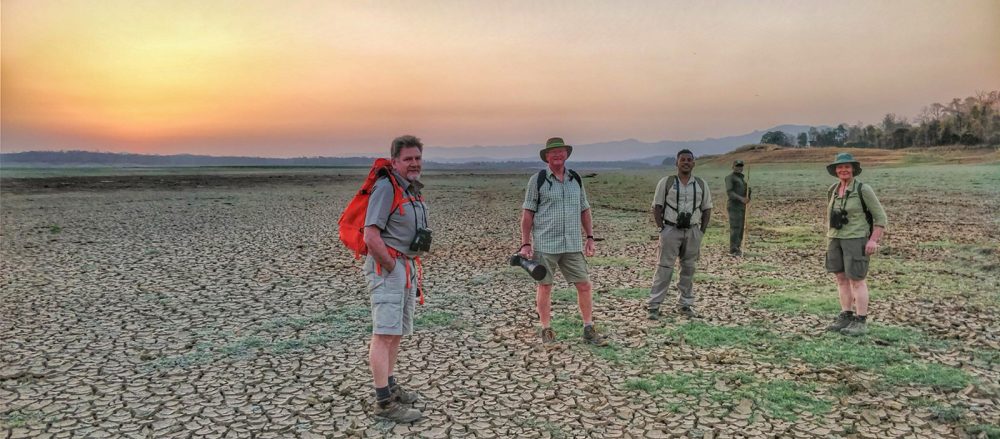
Faced with so much choice, deciding what to include in your Indian adventure can be a daunting task. Let us take the hassle out of your planning.
We’re a small company delivering a professional service that is both friendly and personal. We don’t measure our client numbers in thousands, we pride ourselves on knowing them all by name.
Between us we have more than 50 years of experience designing and operating tours and 40 years of photographing wildlife.
We want your Indian experience to be amazing, so before we make any recommendations we listen to what you want. Only then will we start making suggestions about where to visit and where to stay.
Every itinerary is a complete customised package that takes care of our traveller’s needs, from arrival to departure.
Recent Posts
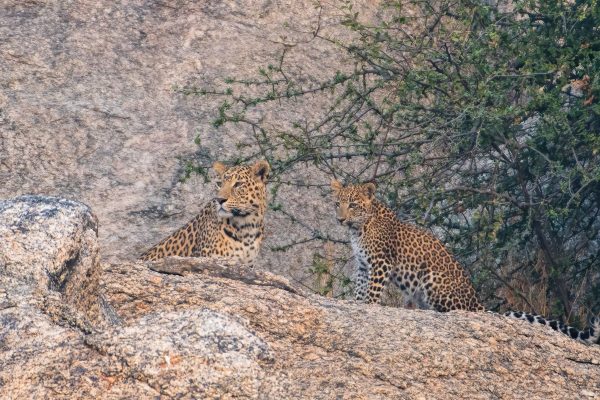
What’s in your camera bag?
“What’s in your camera bag?” is a question I am frequently asked and one that always gets the same response – “It depends where I’m going.”
Just ‘cos you’ve got lots of lenses doesn’t mean you have to take them all.
If at all possible, try to take a combination that means you won’t need to constantly be changing lenses. Dust is a massive problem in Africa and every time you change lenses you are opening up both camera and lens to a potential dust invasion.
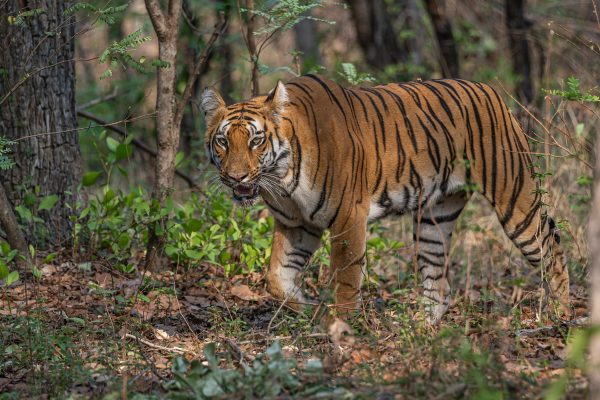
Umred Karhandla Paoni Wildlife Sanctuary
Community Owned Community Operated Nature (COCOON Conservancy) Conservancies are critical rewilding initiatives undertaken outside India’s Protective Area Network. Based on the underlying premise that communities living closest to our most biodiverse wonderlands deserve to be the primary beneficiaries and custodians of our biodiversity this initiative expands the size and improves the quality of habitat available to wildlife by encouraging local communities to convert their own marginal and failed farms back to their natural wild state.
Read more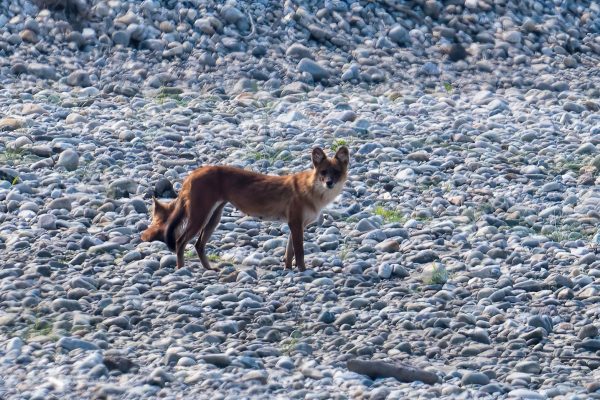
Manas NP, Assam. Tough but rewarding.
Amazingly, the weather held for the whole day and our afternoon drive also enjoyed decent weather. The sky was blue and the air was wonderfully clear.
I would have loved to go back and sit near the Broadbill nests but I did not have the only vote and my travelling companions wanted to get out of the jungle onto the plains where they could see some of the larger mammals.
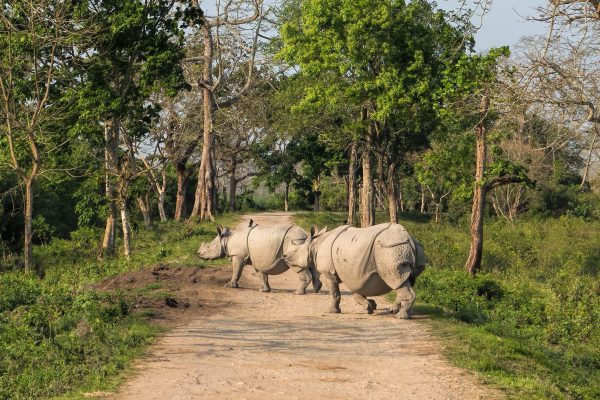
Kaziranga NP, Assam’s One-horned Rhino sanctuary
Kaziranga is a lovely park to visit with plenty of water bodies and lots of open plains making it easy to see the wildlife.
In fact, I saw more mammals on my first drive in Kaziranga than I’d seen in a week at Tadoba, and a large percentage of them were One-horned Rhinos. The park has almost 2,700 rhinos, almost twice as many rhinos as Swamp Deer (1,800) Elephants were plentiful too, as were the Water Buffalo.
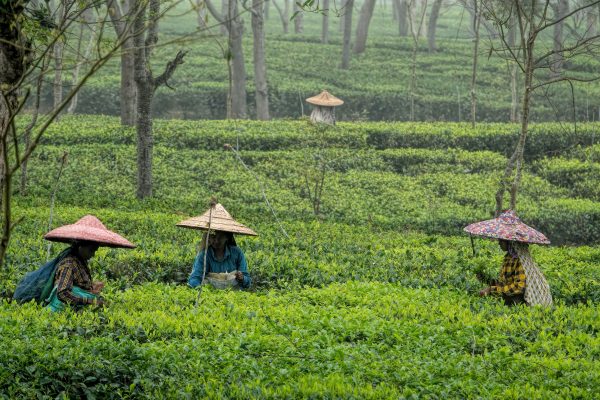
Assam, India’s tea country
With tea estates on both sides of the road it was immediately clear that we were in tea country.
For our stay we had chosen a property surrounded by tea plantations called Banyan Grove. In fact Banyan Grove was formerly the residence of the Deputy Plantation Manager for the Gatoonga Tea Estate.
Banyan Grove is one of a small collection of properties owned/operated by Heritage Northeast ( https://www.heritagetourismindia.com/ ). It is a wonderful old building surrounded by lawns, although the original Banyan tree that gave it its name has long since died.
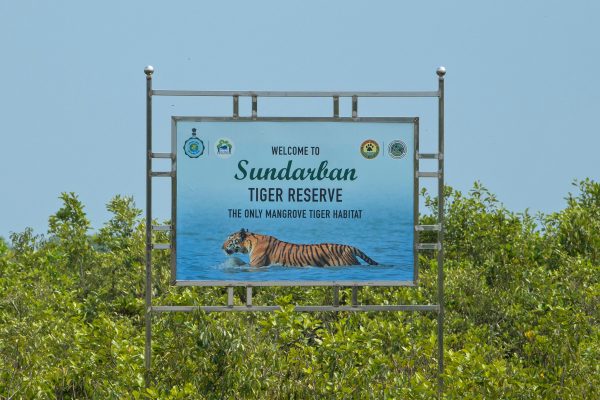
Sundarbans
The Sundarbans is an area that has long appealed to me and finally I was[…]
Read more
